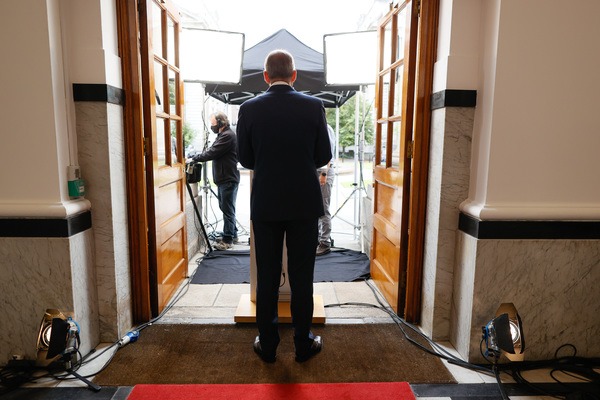The plaque stating “This is the birthplace of An Taoiseach, Charles J Haughey” was fixed toa wall of the two-storey house on Mountain View, Castlebar in 1980. The driving force behind the project was Cathal Duffy. He was a Co Mayo-based car dealer and businessman, right out of central casting in what then were the Soldiers of Destiny on the march. He backed Charlie throughout the exile phase that followed the Arms Trial and was delighted when the Jack Lynch chapter ended and his man was installed as leader. Knock Airport, despite its location on a foggy boggy hill, was…
Cancel at any time. Are you already a member? Log in here.
Want to read the full story?
Unlock this article – and everything else on The Currency – with an annual membership and receive a free Samsonite Upscape suitcase, retailing at €235, delivered to your door.

